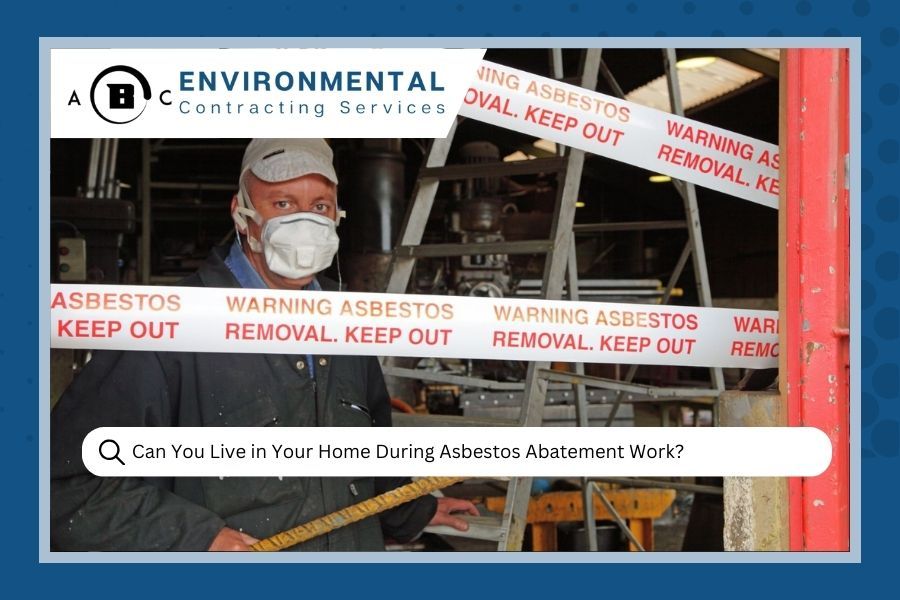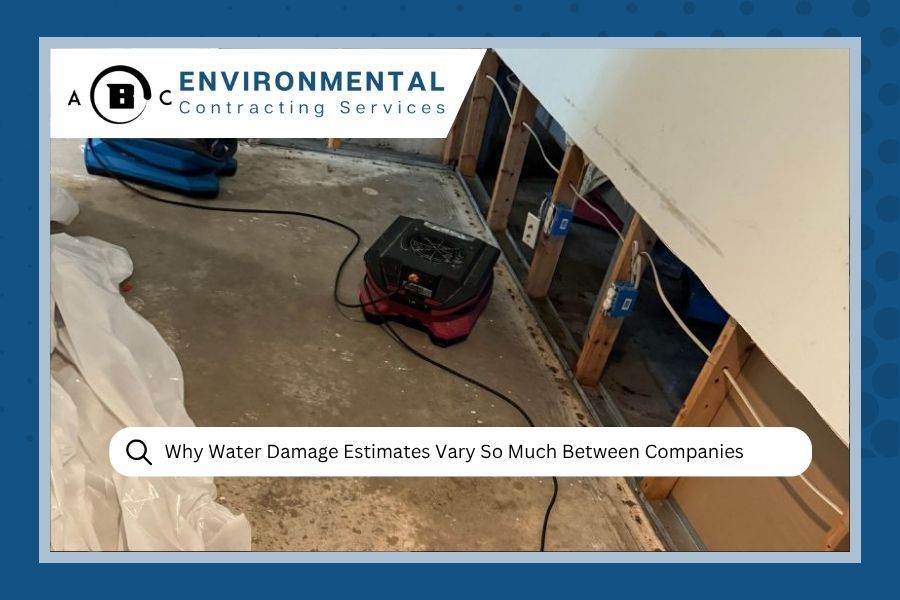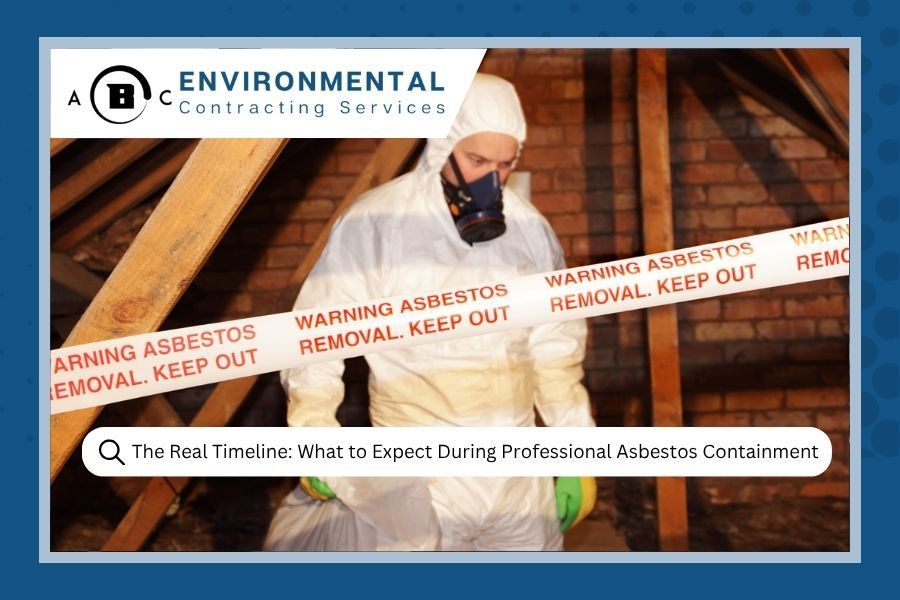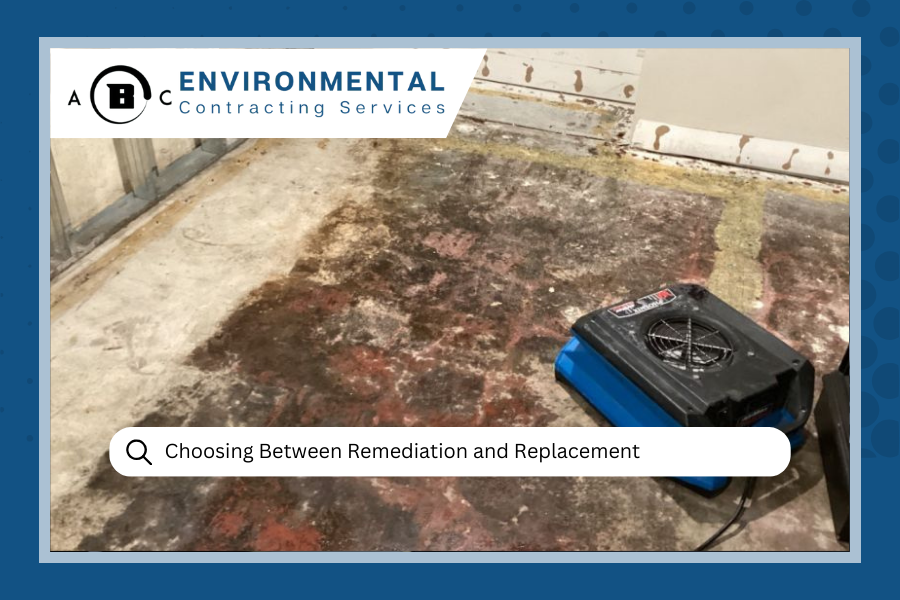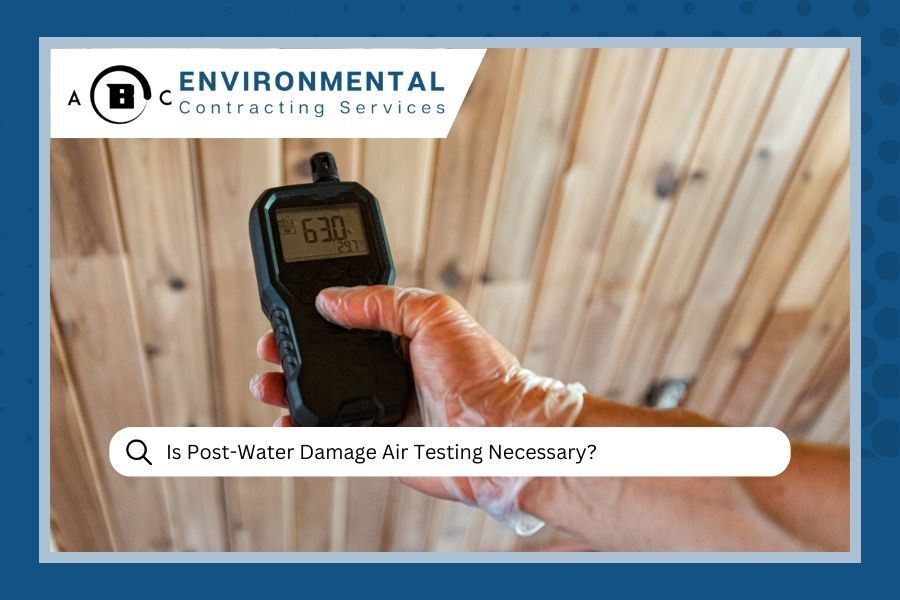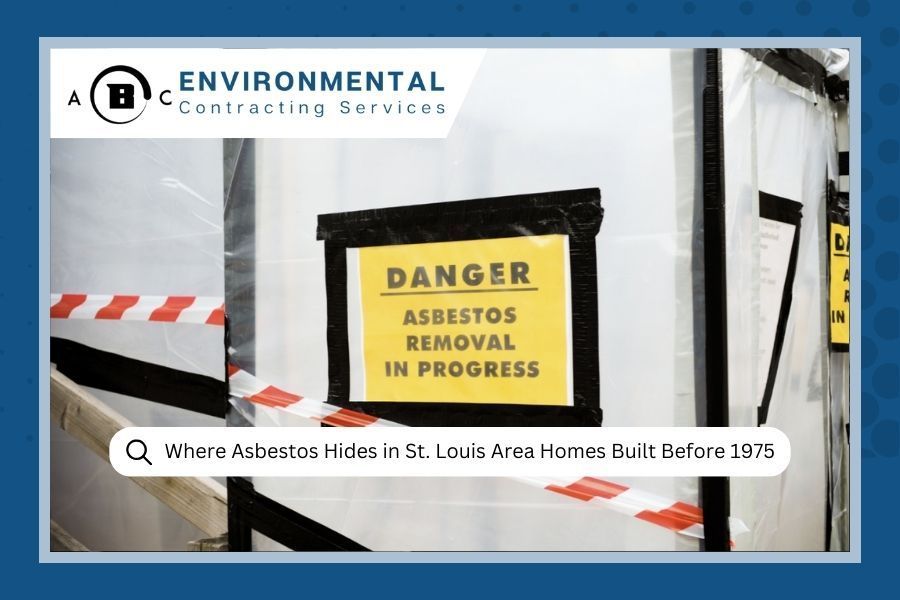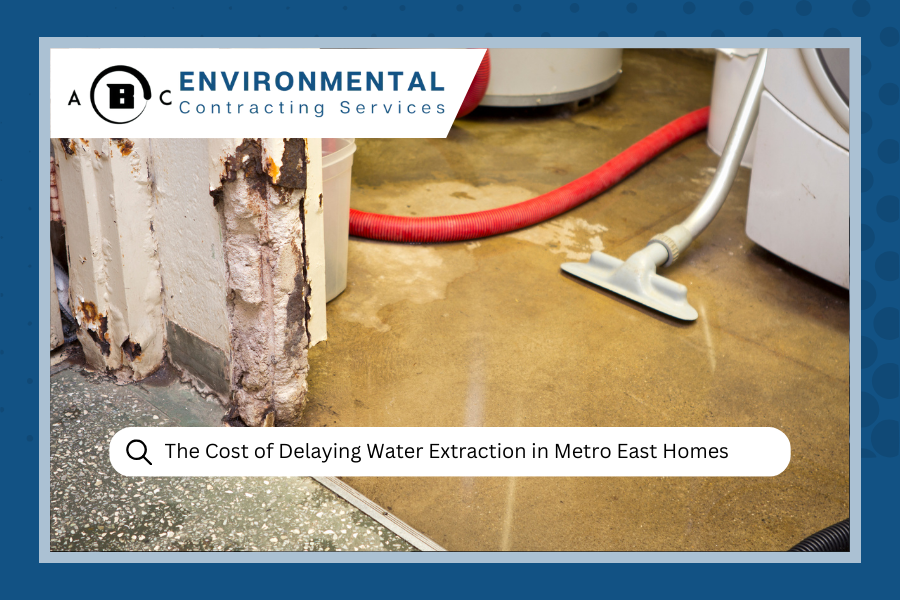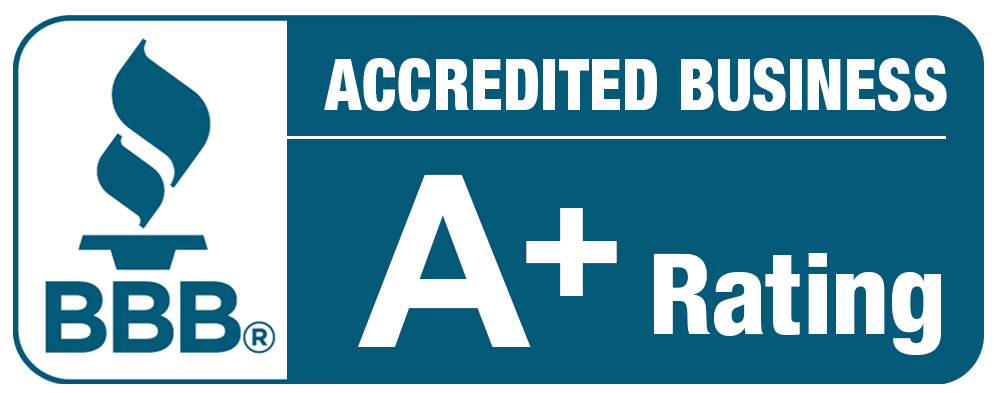
8 Common Causes of Mold Growth in Your Home: Prevention and Solutions
One of the most dangerous diseases that can attack your home is mold. It’s a serious health hazard that can compromise your home's structural stability and your family's well-being, requiring immediate mold removal in St Louis. To prevent and detect mold early, first, you need to understand how and where mold grows. In this blog post, we’ll guide you through the common causes of residential mold growth and offer prevention tips to protect your home.
What Are the Common Causes of Mold in Homes?
Mold thrives in dark and damp environments, spreading quickly if ignored. Not tackling this issue immediately, you put yourself at risk of allergic and respiratory problems down the road. Take a look at the most common causes of mold in your home:
Excess Moisture: Your Number One Enemy
Moisture is mold's best friend, making bathrooms, kitchens, and basements particularly vulnerable due to their frequent exposure to water. Common sources include:
- Shower steam and splashing can create excess moisture on bathroom surfaces.
- Cooking activities can add humidity to the air, especially in poorly ventilated kitchens.
- Spills and leaks can soak surfaces and materials, creating moisture buildup.
- Ground moisture can seep through floors or walls, especially in basements or foundations that haven’t been sealed properly.
Hidden Plumbing Leaks
Leaking pipes can create quite a mess inside walls or under floors until you’ve noticed significant visible damage. Watch for:
- Unexplained water stains on ceilings and walls may indicate hidden water leaks or seepage.
- Warped or bubbling paint and wallpaper are often a signal of excess moisture in walls.
- Musty odors usually point to mold or mildew growth.
- Increased water bills can be a sign of hidden leaks within your plumbing system.
Poor Roof Condition
A leaking roof provides direct access for water to enter your home's structure. This often leads to attic mold growth that can spread to other rooms of your home. Regular roof maintenance should include:
- Regular inspections twice a year can help you spot potential issues before they create even bigger damage.
- Quick repair of damaged shingles can prevent water leaks and further roof damage.
- Proper attic airflow reduces moisture buildup and extends the life of your roof.
- Gutter cleaning and maintenance help prevent water overflow and damage to your roof and foundation.
High Humidity Levels
High indoor humidity levels, which are usually above 60%, create ideal conditions for mold growth. Control moisture levels by:
- Using dehumidifiers in prone areas to reduce excess moisture in spaces like basements, preventing dampness and mold.
- Installing bathroom exhaust fans to remove steam and moisture from bathrooms and to reduce the risk of mold and mildew.
- Maintaining proper ventilation throughout your home to prevent moisture buildup and creates a healthier indoor environment.
- Regularly checking indoor humidity levels helps keep them in the optimal range, minimizing mold growth and discomfort.
Post-Flood Challenges
Flooding creates extensive opportunities for mold in your home. Taking these steps immediately after flooding incidents is necessary to prevent it:
- Quick extraction of standing water to avoid further damage and ensure mold won’t appear.
- Professional drying services ensure all areas, including hidden spaces, are thoroughly dried.
- Removal of soaked materials like carpets or drywall to prevent structural issues and mold growth.
- Thorough cleaning and disinfecting of affected areas eliminate harmful bacteria and ensure a safe environment.
Ventilation Issues
Poor airflow traps moisture, creating a damp environment where mold thrives. Here’s what you can do to improve ventilation and airflow throughout your home:
- Install exhaust fans
- Open windows regularly
- Use ceiling fans
- Maintain clear air vents
Dive deeper into practical advice for preventing mold in humid spaces like bathrooms in our blog on 3 Effective DIY Ways to Prevent Bathroom Mold.
Below-Grade Spaces
Basements and crawlspaces naturally have higher moisture levels due to groundwater seepage, condensation, poor drainage, and foundation cracks. Protect these areas with:
- Proper drainage systems will ensure water flows away from your home.
- A sump pump will protect your basement or crawl spaces from flooding accidents.
- Applying sealants or barriers to the foundation keeps water from seeping into your home.
- Adequate ventilation will reduce humidity in enclosed spaces of your home.
HVAC System Maintenance
Air conditioning systems can encourage mold growth through condensation in ductwork, dirty filters, or poor drainage. You can prevent HVAC-related mold by:
- Schedule regular maintenance to keep the system working smoothly.
- Change filters monthly for air quality and airflow maintenance.
- Clean ducts occasionally to remove dust and debris from ducts.
- Keep drainage systems clear to prevent water buildup and mold growth.
Taking Action Against Mold
Mold prevention strategies are efficient and always a preferred option over remediation and mold removal processes. However, if mold does appear in your home, professional intervention is a must. Early detection and quick action can prevent extensive damage and protect your family's health.
Contact Us Today for Expert Mold Inspection and Remediation Services!
Don't let mold compromise your home and health. Contact ABC Environmental Contracting Services at (314) 668-1509 or complete our online form for a free estimate. Our certified experts use advanced techniques and equipment to identify, remove, and prevent mold growth in your home. Trust us to take care of your home’s and family’s health!


